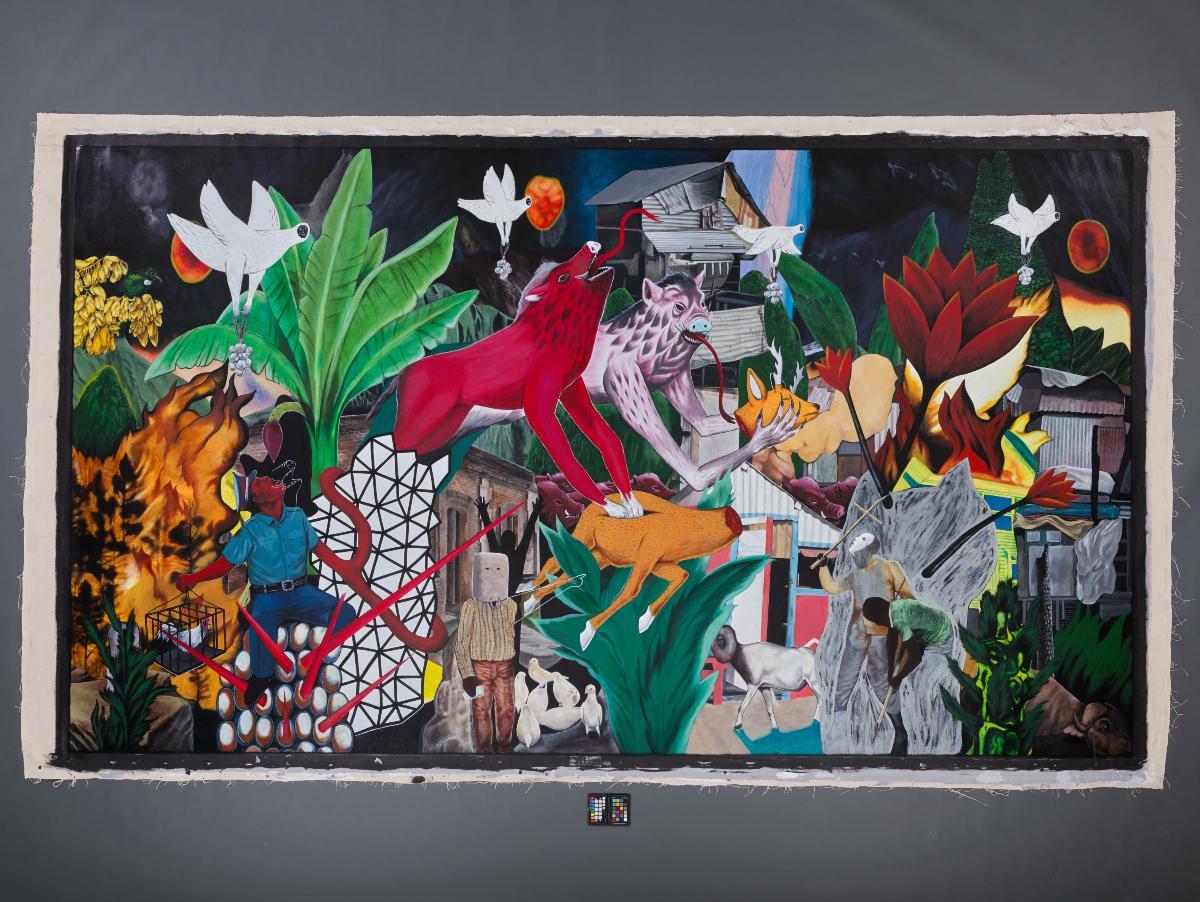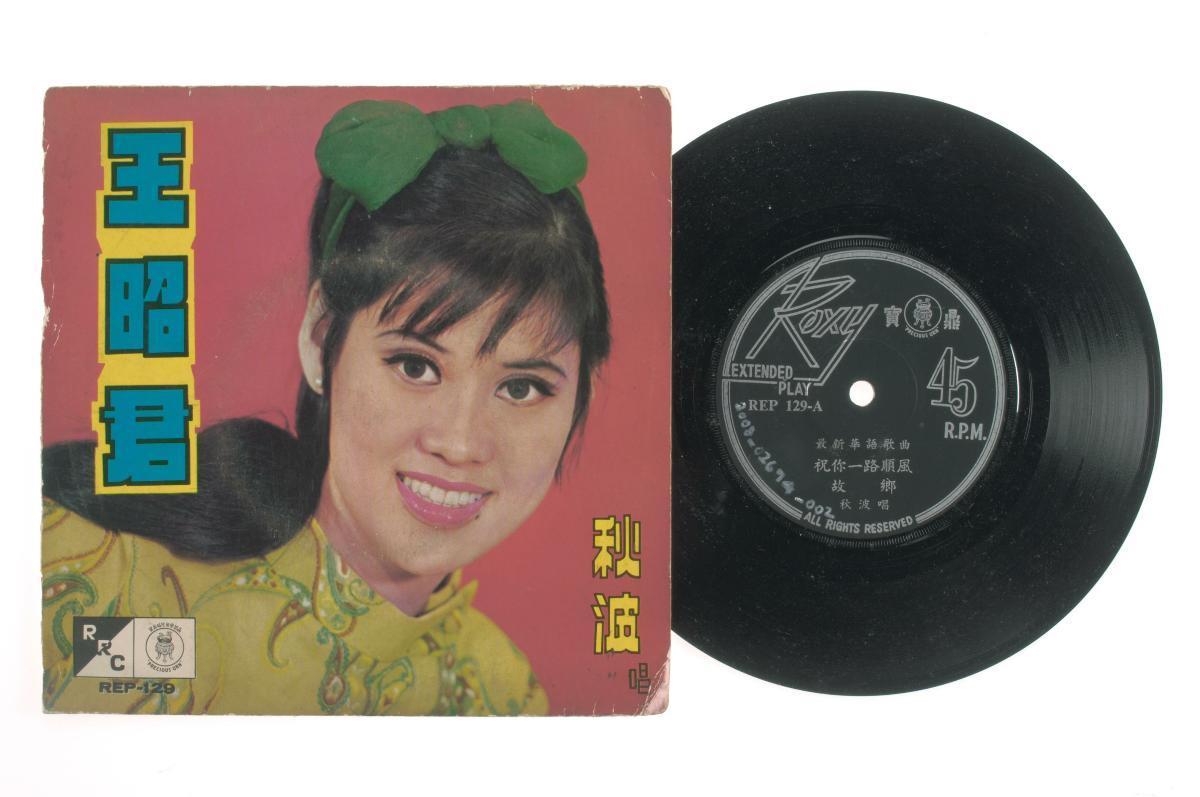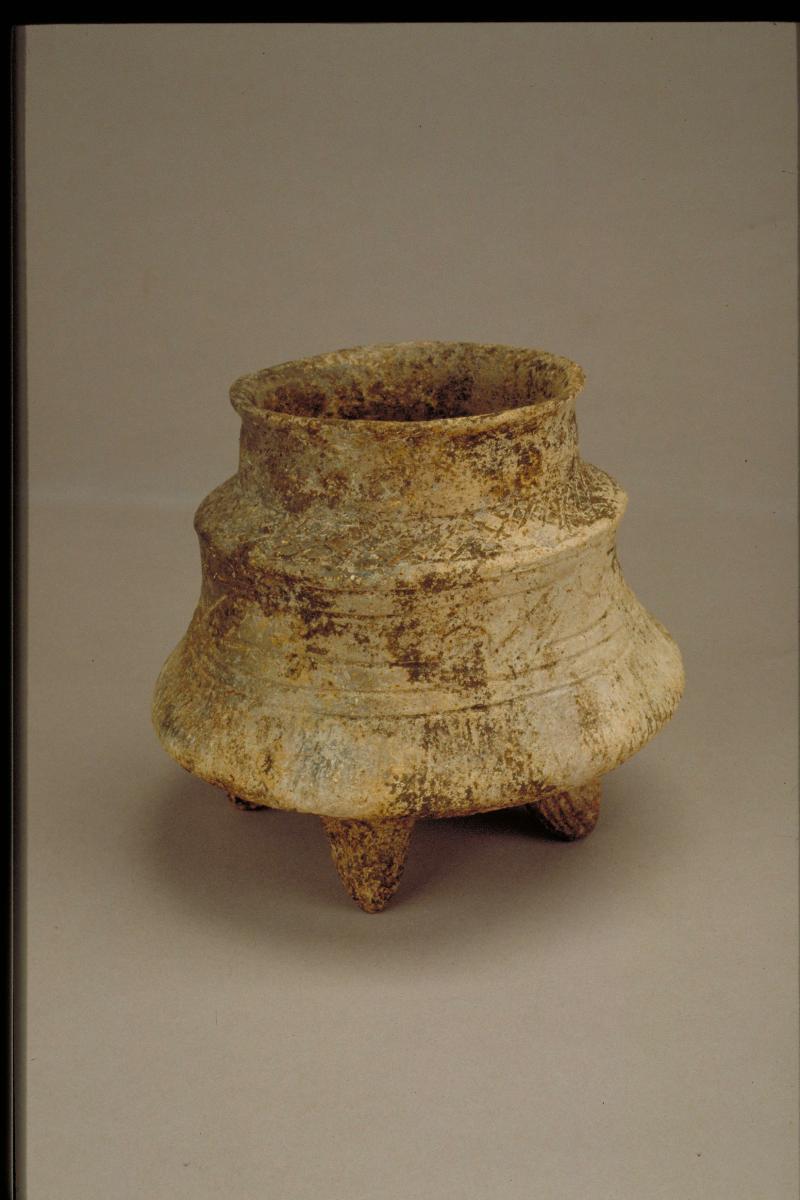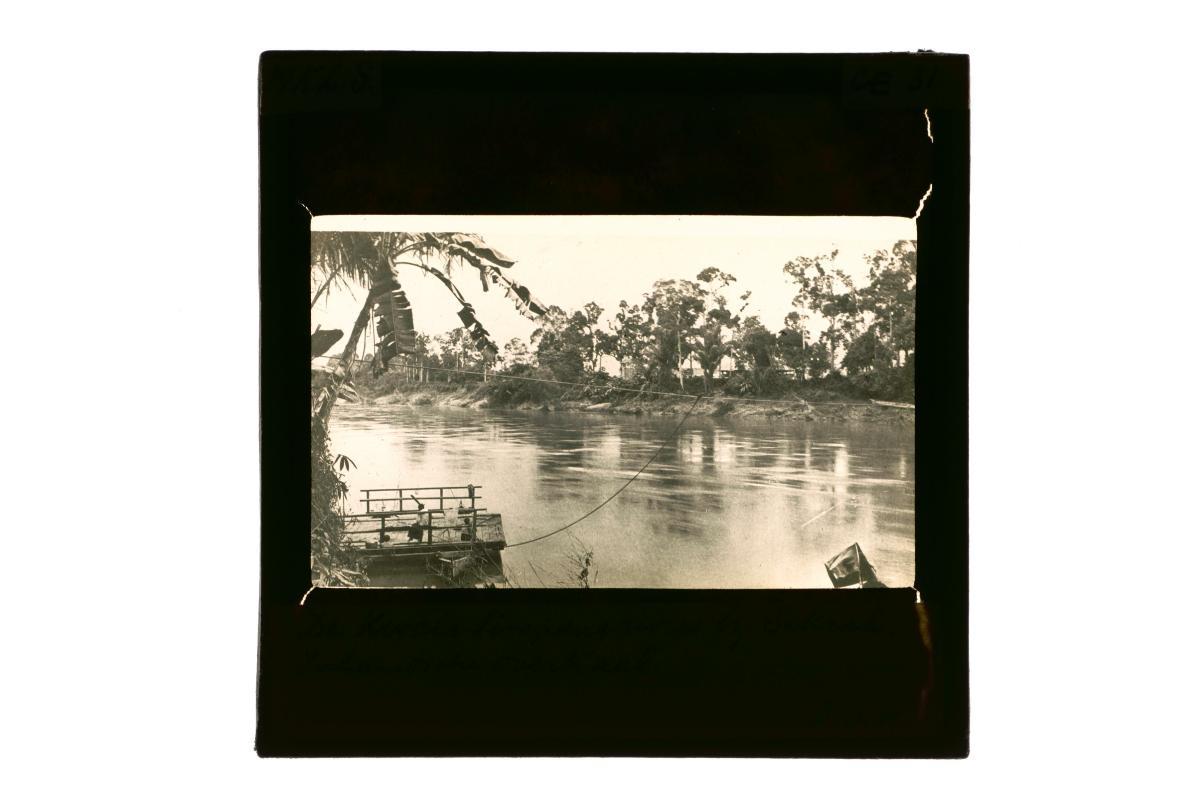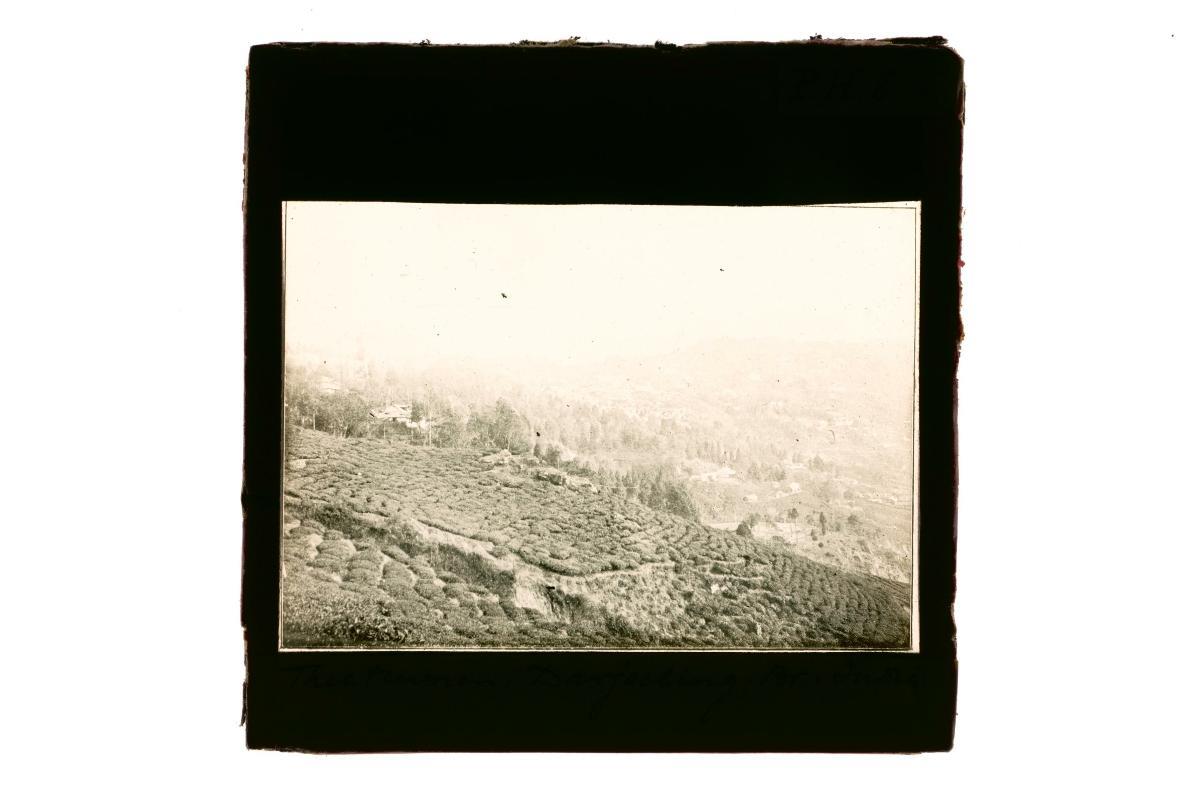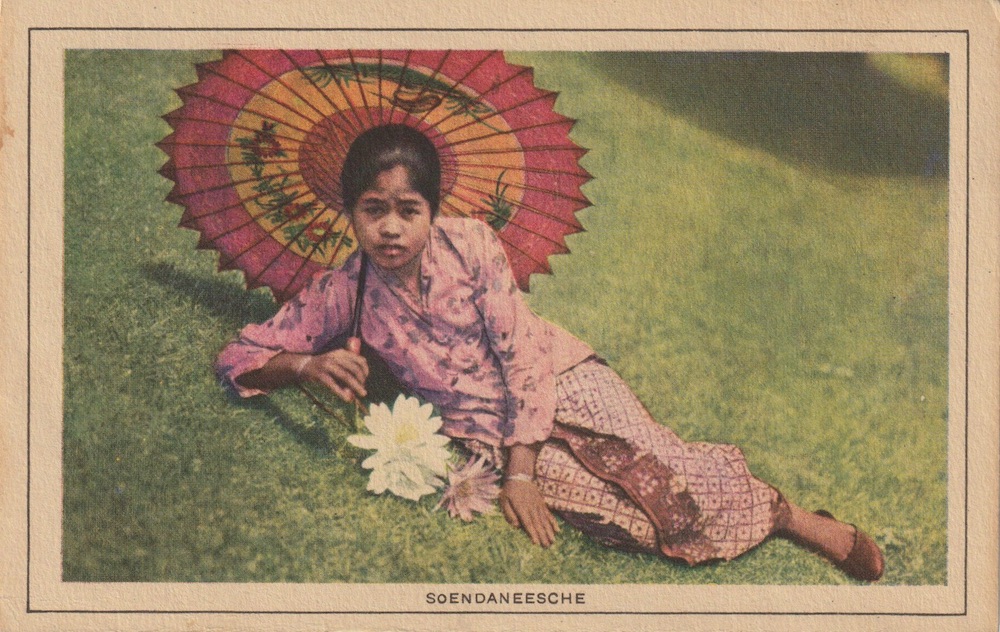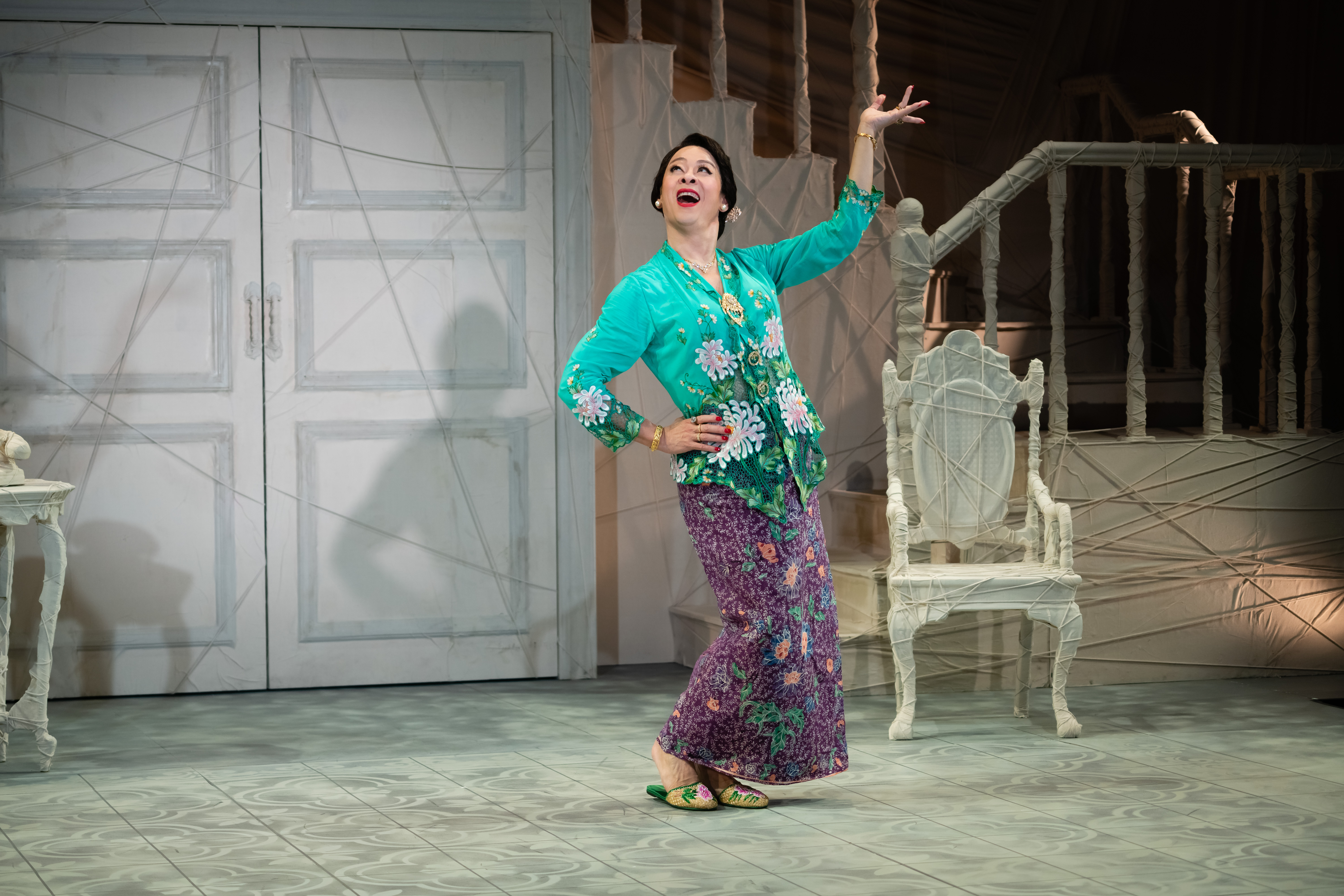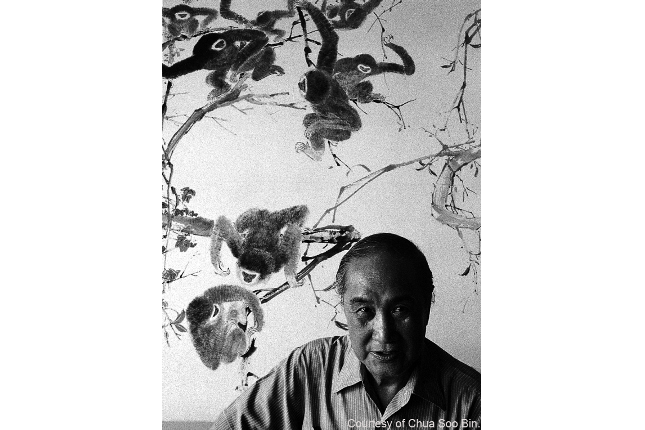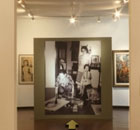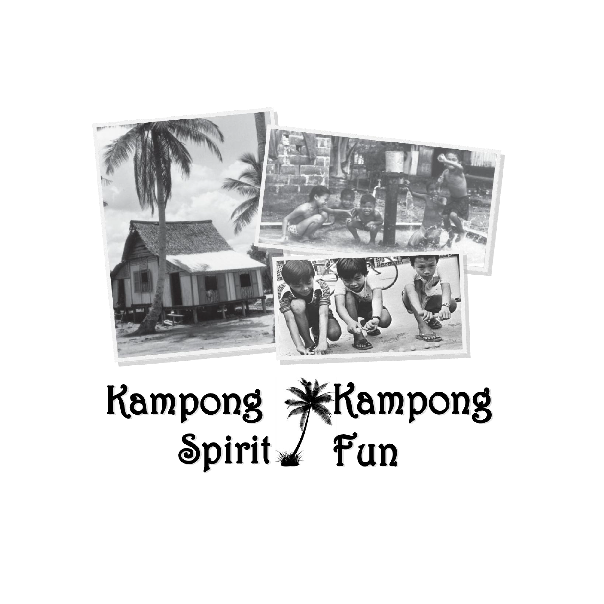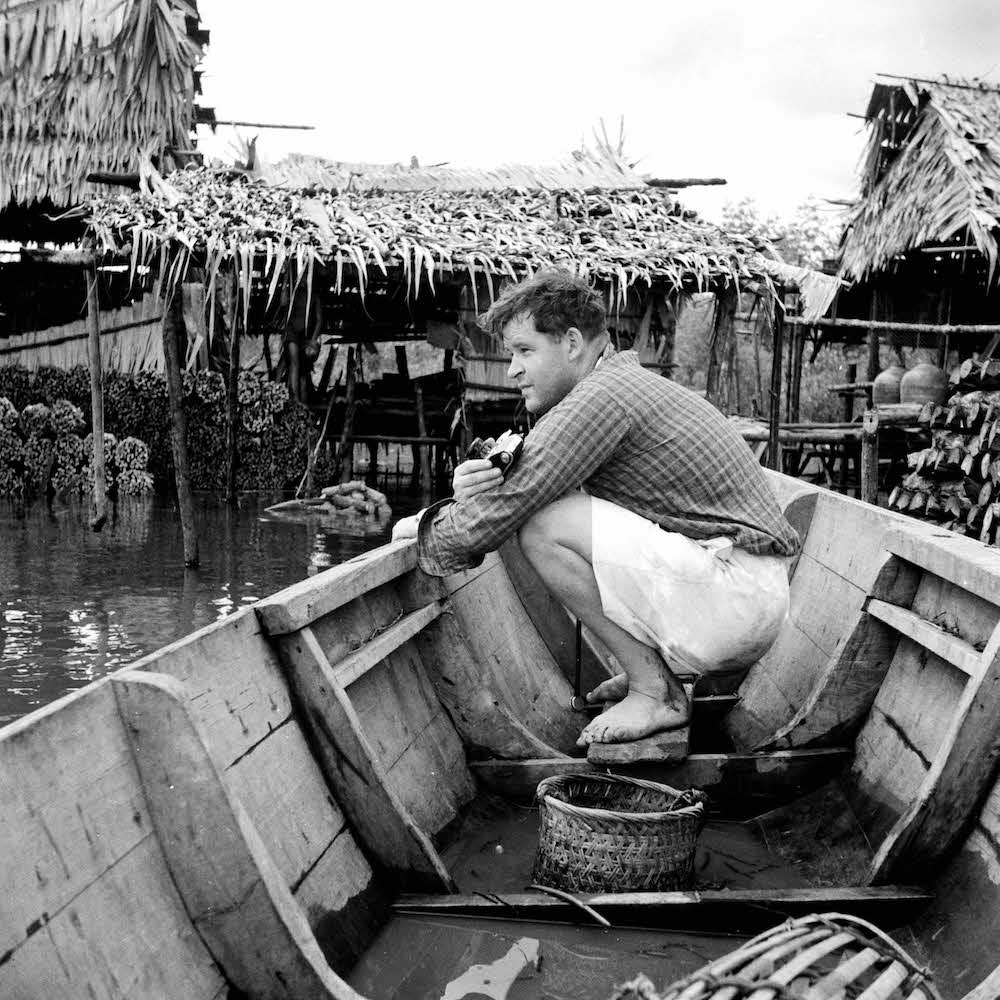Rodel Tapaya gained notable recognition early in his practice, for his “narrative paintings” that proffered a contemporary imaging of Philippine indigenous myths and pre-colonial legends. As morality tales, the stories in Tapaya’s works are also rife with metaphor, imbued with social critique of problems that ail his home country. In Philippine folklore, the aswang is a shape-shifting demon, that transforms into a beast at night, in search of prey. In “Aswangs Enter the City”, Tapaya looks at a situation that – though not unprecedented in the Philippines – has resurged with dire urgency in the recent years: namely, the spate of Extra-Judicial Killings that have occurred under the “war on drugs”. The work is, for the artist, “an allegory of the present”. Symbolically dense, the painting’s many elements carry allegorical meaning. For example, a man in uniform is depicted as waiting for the sap to come from the banana flower during the night, which according to folk belief, gives a person an invincible power. He is about to transform into a wild boar, pointing to how authority figures are those who are often gluttonous for even more power. Winged creatures hover over the scene, carrying cloves of garlic as an antidote to the aswangs. These creatures are, according to the artist, the human rights advocates who try to fight the animosity in this urban jungle.Rodel Tapaya (b. 1980, Rizal, Philippines) studied at the Parsons School of Design in New York, the University of Art and Design in Helsinki, and the College of Fine Arts at the University of the Philippines. He has had several solo exhibitions in Berlin, Beijing, Hong Kong, Tokyo, Singapore, and Manila. Tapaya won the Thirteen Artists Award in 2012, and was the winner of the Asia-Pacific Breweries Foundation Signature Art Prize given by the Singapore Art Museum in 2011.




